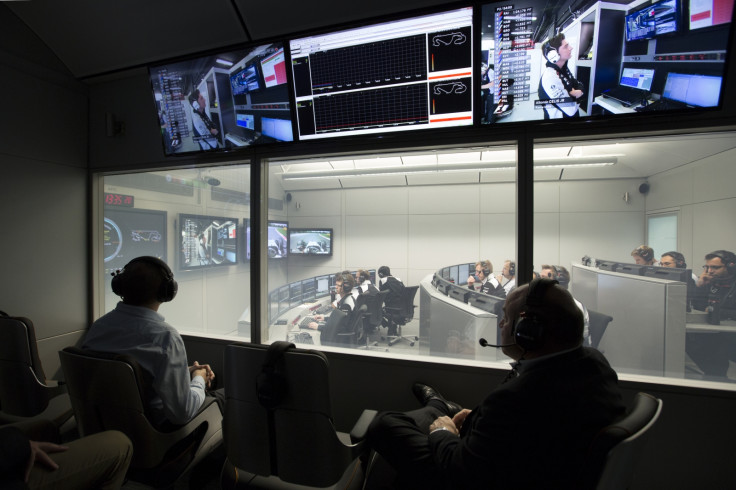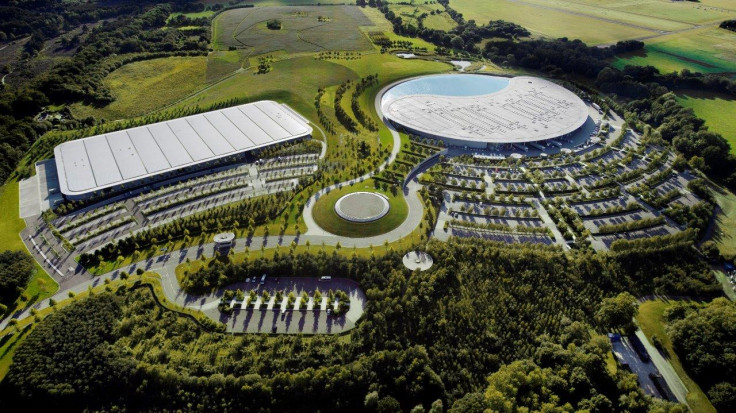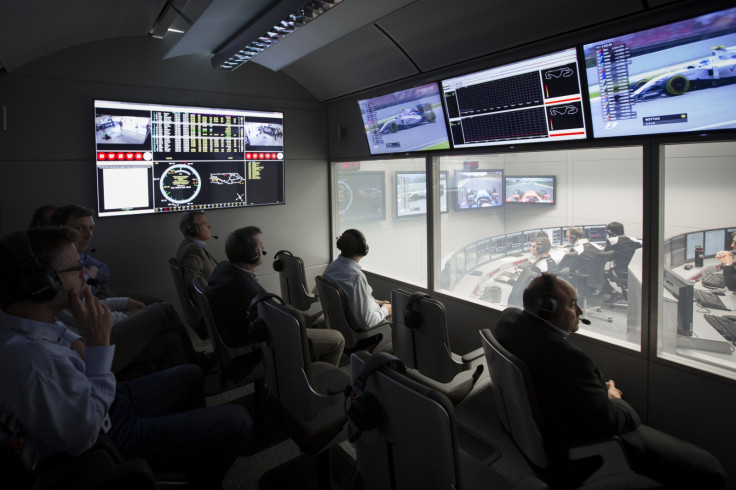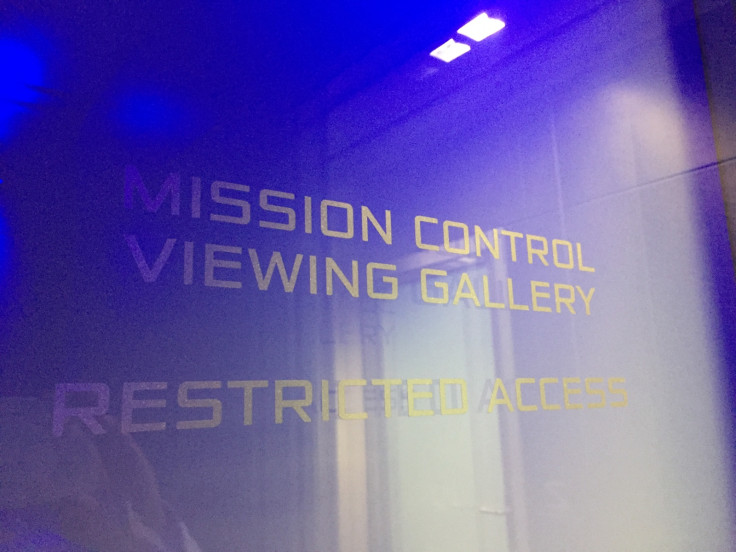McLaren F1 Mission Control: Inside the most secretive room in motorsport
A first glimpse at the room where Formula 1 races are won and lost.

"Mission Control: Restricted access". Walk through a door bearing those words and it's impossible not to be excited. The room I have just entered is the most secretive room within one of the most secretive teams of arguably the most secretive sport on the planet. This is where McLaren Formula One engineers come to mastermind every race, qualifying and practice session.
No journalist has ever been granted access to Mission Control and, technically, my visit doesn't break this rule. However, a newly built viewing gallery means IBTimes UK can take a front row seat and listen in through earphones to all of the radio chatter created here, at the race circuit and by McLaren drivers Jenson Button and Fernando Alonso. We enter the room as the first Friday morning practice session takes place for the British Grand Prix at Silverstone.
The quietness and sense of unbreakable calm is what you first notice. The air conditioning is strong but silent, every surface is immaculately clean and messages shared over the microphones make the pre-flight greeting from an airline captain sound as chaotic as Rome rush-hour. Instead of yelling instructions at each other, the engineers have an instant message system for sharing data and instructions. Probably no emoji, though.
McLaren sets up an identical Mission Control at every Grand Prix circuit it visits during the 9-month, 21-race season, and engine producer Honda has its own in Japan. Mission Control in Woking is hooked up to the on-track action via its own satellite, feeding the room a large chunk of the 100GB of data created by the team's two cars, each fitted with over 250 sensors, at every race weekend. No matter where in the world the race is, the delay between data leaving the car and arriving on the 30 screens in this room is considered imperceptible. If the worst should happen and the connection is lost, there are redundancy systems and a back-up link to keep Mission Control connected.

The Friday test sessions are apparently the busiest and most hectic part of any race weekend for Mission Control, but you wouldn't know it. Our guide claims that even during crashes the room is calm, quiet and composed. Anything else simply "is not necessary", even when it's 4am on a Sunday morning and the banks of engineers and strategists are watching the race live from Australia. The atmosphere is equally calm in the War Room next door, where another team work to understand exactly what is happening with each car. Most employees here are automotive engineers, strategists and aerodynamicists, and have science- or maths-related degrees. In all, McLaren boast over 100 PhDs and 200 doctorates between its employees.
As well as Button and Alonso lapping the circuit, McLaren has a test driver in an on-site simulator who is driving the same track in the same weather conditions. His job is to try out different aerodynamic, suspension and engine settings to see if changes should be made in the real world. McLaren claims its factory makes a physical change to the car (I.E, a new part is designed and manufactured, ready to be attached at the next race) every 15 to 20 minutes, 24 hours a day. The company changed more than 80% of its 2015 car during the season.

McLaren also has the supercomputing power to run up to 300,000 virtual race simulations per second while the Grand Prix is taking place. Having so many variables means if a rival car pits on any lap, McLaren can quickly find the correlating simulation and see how the race should pan out, given that particular pit stop. Other variables can include changes in weather, track temperature, crashes and periods of slow driving behind the safety car.
All of this data is captured, processed and beamed across the world with help from NTT Communications, a Japanese company who entered a three-year technology and sponsor partnership with the McLaren-Honda team on the morning of our visit to Woking. NTT will also contribute to McLaren Applied Technologies and McLaren Automotive, the company that builds McLaren road cars at the same Surrey facility.

But it isn't just raw data and number-crunching that helps McLaren improve its performance. Unlike Ferrari, the race team does not sell its cars after they are used. Instead it keeps them, all 600, at a secret warehouse in Surrey called Unit Two.
When F1 rules change and, for example, turbocharged engines are made legal again, the team can dig out old turbo cars and analyse them, looking at what worked, what didn't, and what lessons learned can be applied to the new rules. A workshop at the Woking headquarters is used to keep older cars running, which in some cases means taking a technological step back in time. For example, when working on a car from 1989, McLaren had to order a batch of long-extinct floppy disks to get data off the vehicle.
© Copyright IBTimes 2025. All rights reserved.






















